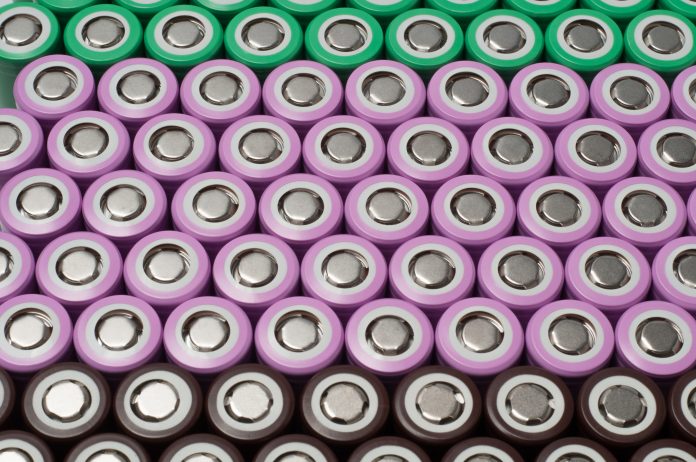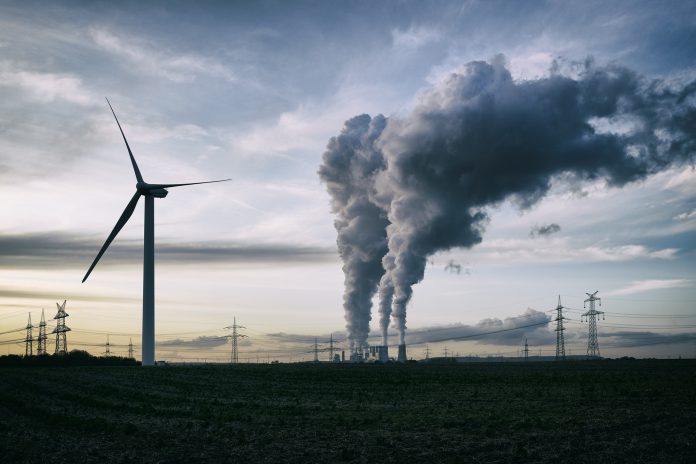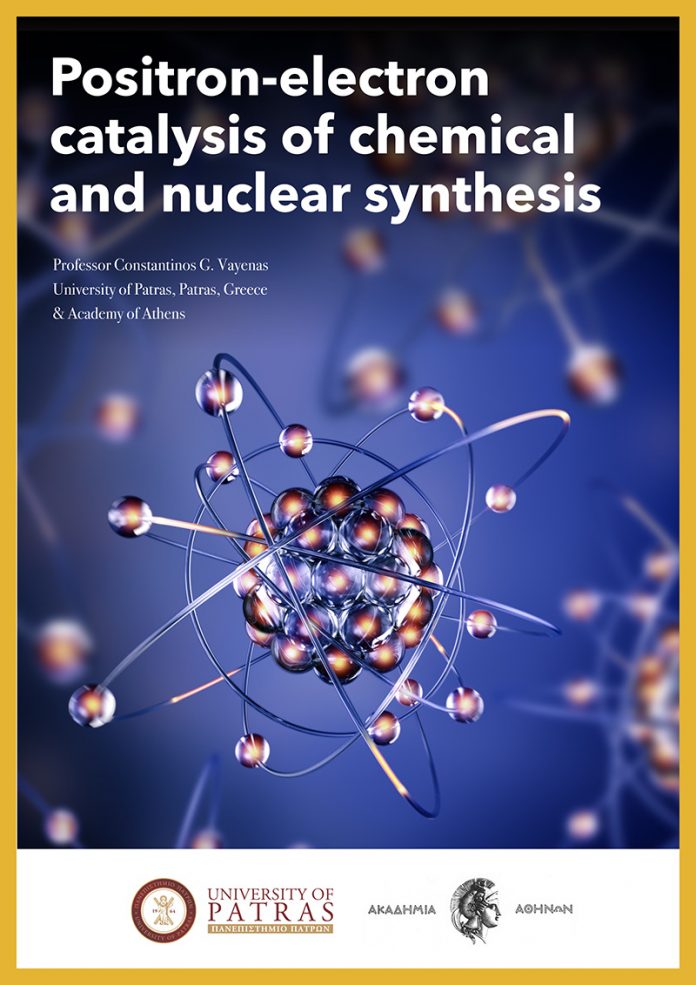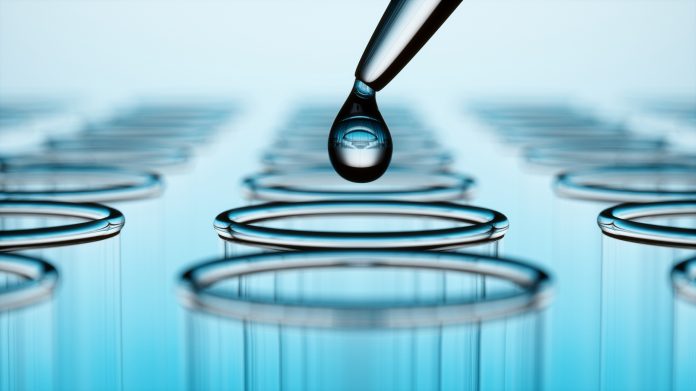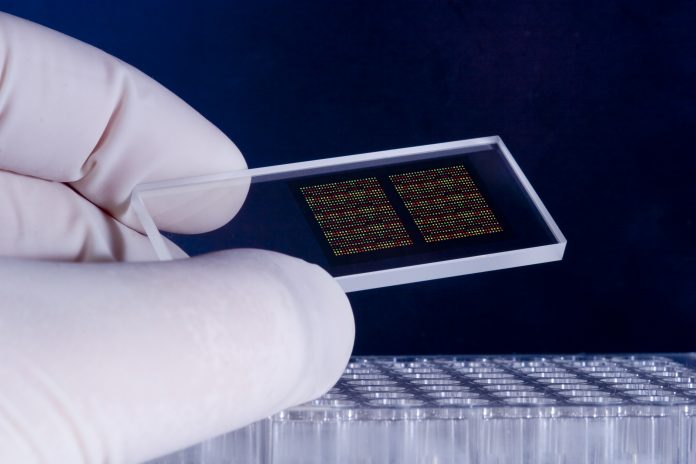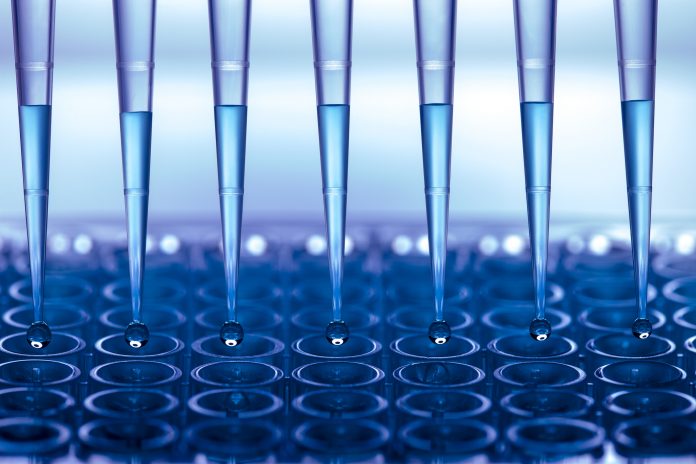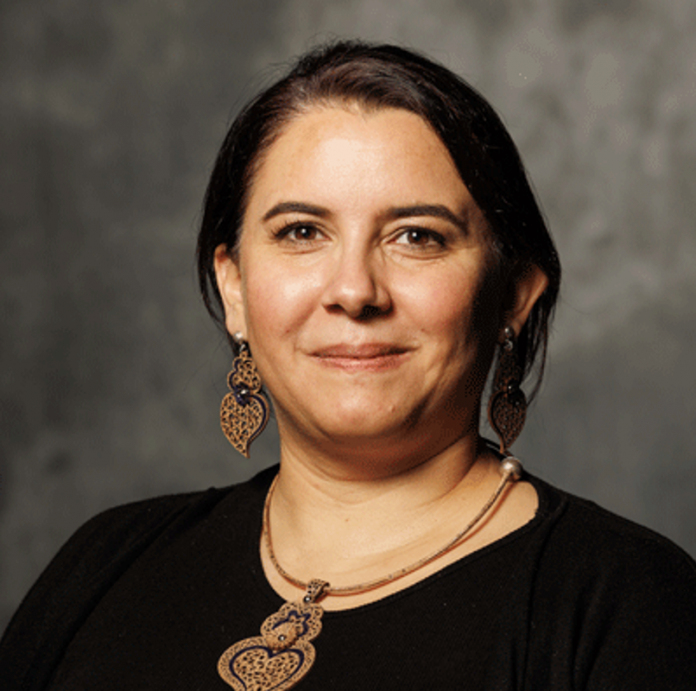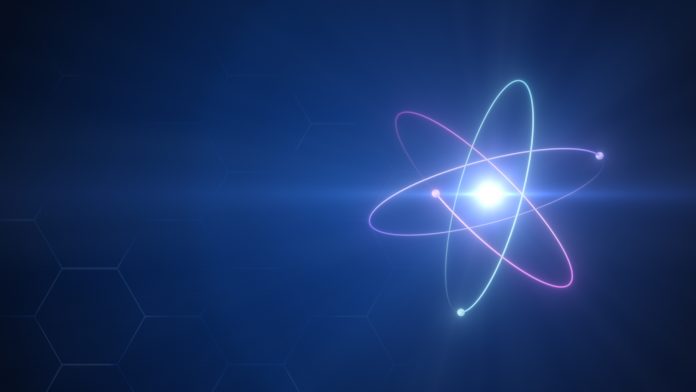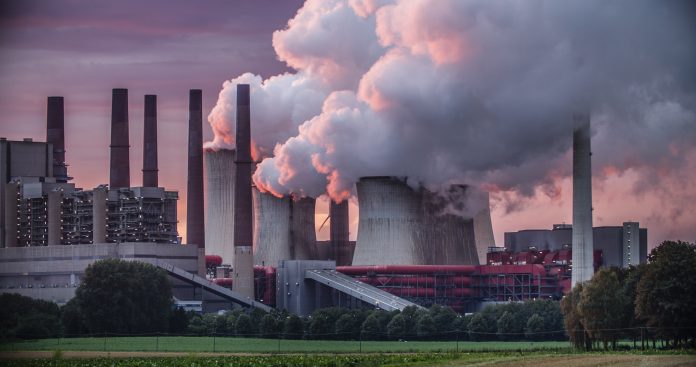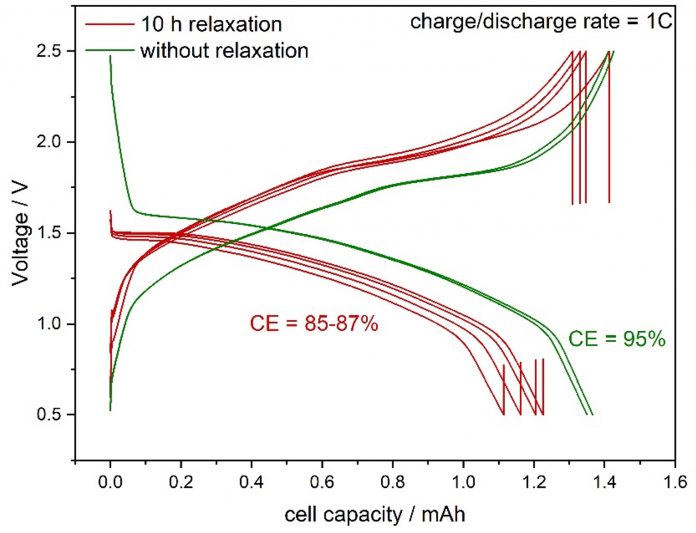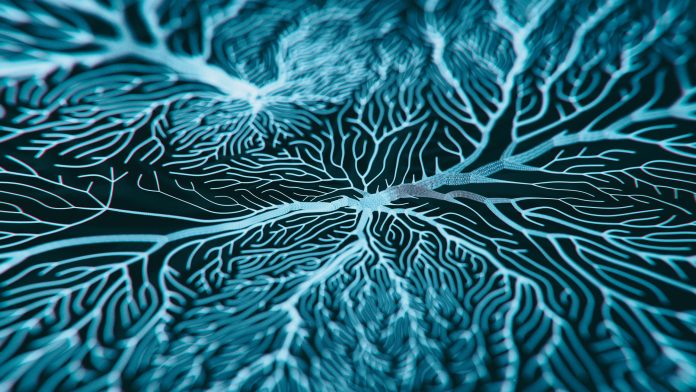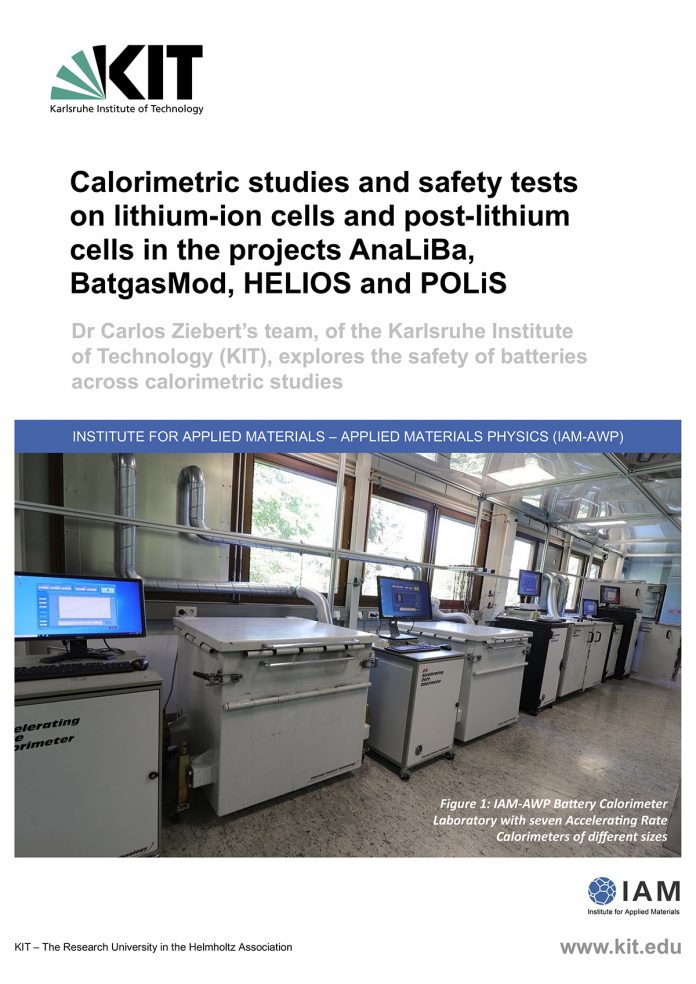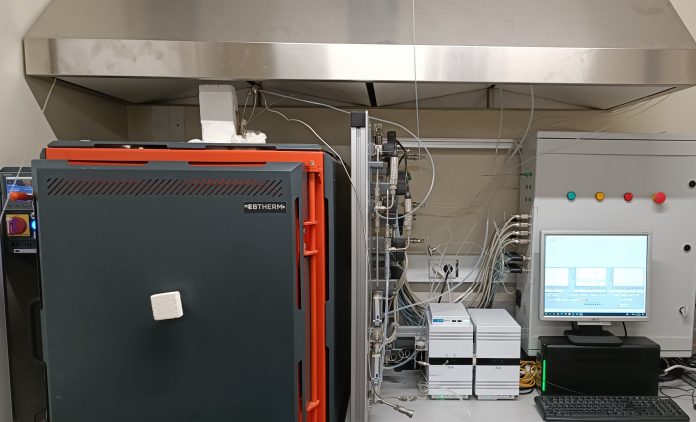Home Search
Electrochemical - search results
If you're not happy with the results, please do another search
Correlation of electrolyte properties, gas formation and heat generation by electrochemical-calorimetric methods
Dr Carlos Ziebert, leader of the group Batteries – Calorimetry and Safety, KIT, explains how electrochemical-calorimetric methods help to establish relevant correlations for improved batteries.
Research holds hope for sustainable acetylene production
Researchers have found an approach to help tackle sustainability; the study introduces a strategy to produce acetylene (C2H2).
The future of sustainable electrified catalyst recycling
Xochitl Dominguez Benetton, Senior Scientist & Project Coordinator at the Flemish Institute for Technological Research (VITO) and the FIREFLY consortium, explore competitiveness and sovereignty through sustainable electrified catalyst recycling.
Positron-electron catalysis of chemical and nuclear synthesis
The topics discussed here by Marc Lemaître, Director-General for Research and Innovation of the European Commission, are empowering research careers and reinforcing the European Research Area.
Carbon dots in forensics, environmental science, and medicine
Dr. Cecilia E. Van Cauwenberghe, from Frost & Sullivan, explains the revolutionary impact of carbon dots in forensics, environmental science, and medicine to detect, diagnose, and treat.
FIREFLY project sparks sustainable transformation in catalyst-based chemical industry
The FIREFLY project is the pioneering research initiative aimed at driving the catalyst-based chemical industry towards electrification while reducing external reliance on metals and fossil fuels.
Carbon-free fuel: Converting waste carbon dioxide into potential fuel source
Waste carbon dioxide has been successfully transformed into a potential prototype for chemicals and carbon-free fuel.
Microfluidic microbial bioreactors: How studying microbes at the microscale can help empower microbiology
Long before the existence of microbes was known, humans were unknowingly harnessing their power through practices such as brewing, bread leavening, or cheesemaking. These processes extended the shelf life of food, enhanced its nutritional value, and significantly contributed to the advancement of industry and civilization.
Innovating fuel cells: Breaking the barriers towards a hydrogen future
Eliska Krizova, Fuel Cell Stack Engineer, at Bramble Energy, discusses the main challenges to a hydrogen future and some of the innovations helping clear the roadblocks
In recent years, hydrogen has become somewhat of a buzzword - and for good reason. It is the most abundant chemical element in the...
Exploring microbial electrosynthesis at Washington University in St. Louis
Dr Arpita Bose discusses research into bioelectrochemical systems and microbial electrosynthesis at the Department of Biology, Washington University.
The sustainable catalyst-based chemical industry
Dr Xochitl Dominguez Benetton, Senior Scientist and Project Coordinator from the Flemish Institute for Technological Research, walks us through the sustainable catalyst-based chemical industry which is very much a part of the FIREFLY project.
Dr Xochitl Dominguez Benetton – Flemish Institute for Technological Research (VITO)
Senior scientist at the Flemish Institute for Technological Research (VITO, Belgium), Dr. Xochitl Dominguez Benetton is the inventor of the patented gas-diffusion electrocrystallization (GDEx) process
An electrochemical process that uses gas-diffusion electrodes to achieve the sustainable recovery of critical metals. GDEx meets discharge limits & effectively recovers targeted metals into...
The rotating lepton model: Electron and positron catalysis of chemical and nuclear synthesis
Professor Emeritus Constantinos Vayenas from the University of Patras and PhD student Dionysios Tsousis from Stanford University discuss electron and positron catalysis in the CERN e+e- annihilation experiments via the Rotating Lepton Model.
Innovative process reduces Mercury emissions in sulphuric acid by over 90%
Researchers at Chalmers University of Technology in Sweden have developed a groundbreaking method to significantly decrease mercury emissions in Sulphuric acid.
Cross-disciplinary training in sustainable chemistry and chemical processes
Furthering cross-disciplinary researching into chemical processes in addition to understanding green and sustainable chemistry with Dr. Greg M. Swain.
Insights into magnesium batteries using calorimetry
Dr Carlos Ziebert, Leader of the Group Batteries – Calorimetry and Safety, KIT, explains how generated heat and self-discharge of magnesium batteries can be studied through calorimetry.
CorTec’s Brain Interchange™ system: Revolutionizing brain therapy with closed-loop neuromodulation
CorTec’s Brain Interchange™ system offers closed-loop neuromodulation, revolutionizing brain therapy by precisely adapting treatment based on individual needs.
Calorimetric studies and safety tests on lithium-ion cells and post-lithium cells
Dr Carlos Ziebert’s team, of the Karlsruhe Institute of Technology (KIT), explores the safety of batteries across calorimetric studies.
How calorimetry can pave the way for mature and safe sodium-ion batteries
Dr Carlos Ziebert, leader of the group Batteries – Calorimetry and Safety, KIT, explains how electrochemical-calorimetric methods help to develop and safely upscale sodium-ion batteries.
Understanding catalytic methane decomposition: a swift and cost-effective energy decarbonization pathway
Professor Adélio Mendes from the University of Porto – Faculty of Engineering coordinates the Horizon-funded project “112CO2 – Low temperature catalytic methane decomposition for COx-free hydrogen production”.


